In today’s dynamic work environment, dressing professionally is crucial to making a lasting impression. For Indian women, the balance between traditional attire and contemporary trends adds a unique flair to professional dressing. Understanding how to integrate these elements can significantly elevate one’s professional look, making a statement while respecting cultural norms. Here’s a comprehensive guide to mastering Indian women’s professional outfits, complete with tips on achieving a polished, professional appearance.
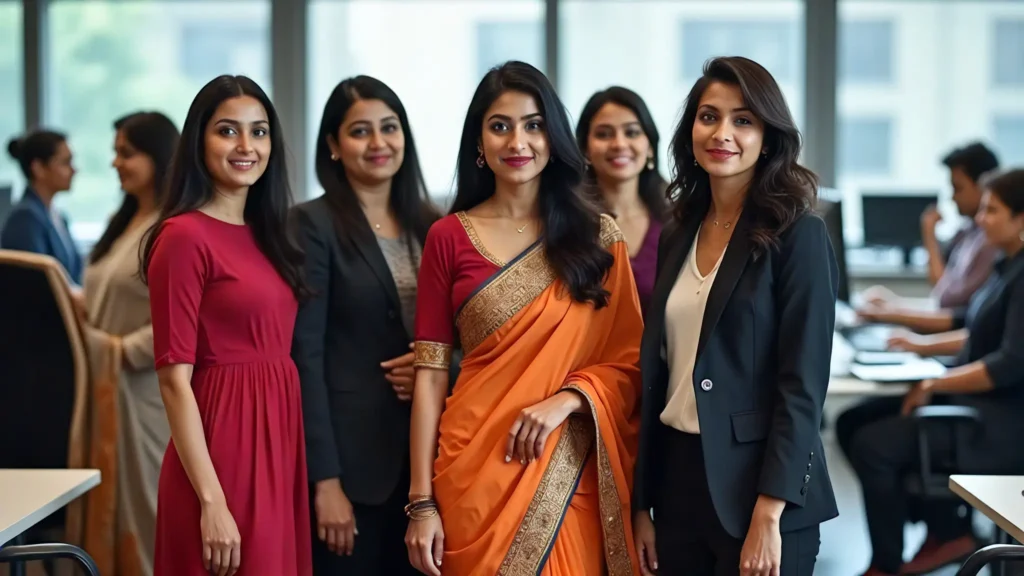
1. Understanding Professional Attire for Women
Defining Professional Attire Across Industries
Professional attire for women varies across industries. In conservative fields like law or banking, traditional formal wear such as sarees or tailored suits is often expected. In creative industries such as advertising or media, a more relaxed yet polished look, like a kurta paired with slim-fit trousers, is acceptable. It’s crucial to understand the dress code norms within your industry to navigate professional attire effectively.
The Power of First Impressions
First impressions significantly impact how others perceive your professionalism. Dressing appropriately for your workplace demonstrates respect for the company culture and can help you gain credibility quickly. Clothes are more than just fabric; they communicate your attention to detail, organizational values, and role within the company.
Cultural Nuances in Indian Professional Dress Codes
In India, professional dress codes can reflect cultural norms. Traditional attire such as sarees, salwar suits, or kurtas is often integrated into formal workwear, especially in companies with a traditional or semi-traditional culture. In multinational corporations, western business attire like pantsuits, skirts, or dresses are prevalent. Navigating these cultural nuances and finding the right mix between traditional and modern can help in maintaining a professional look.
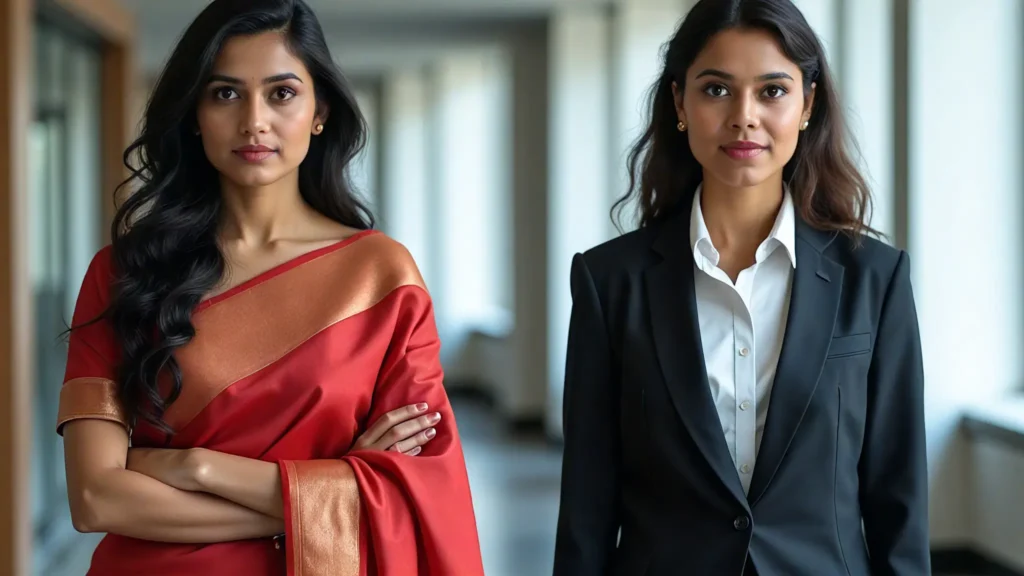
2. Key Elements of a Professional Wardrobe
Essential Pieces for a Professional Look
Building a professional wardrobe starts with key staples:
- Tailored Blazers: A well-fitted blazer in neutral colors like black, navy, or gray can elevate any outfit, adding structure and formality.
- Classic Sarees or Salwar Suits: Opt for solid colors or subtle prints in formal fabrics like silk or cotton. Pairing with an elegant blouse or dupatta can make the outfit office-appropriate.
- White Shirts and Formal Tops: A crisp white shirt or a well-structured top can be paired with skirts, trousers, or even a saree for a contemporary twist.
- Tailored Trousers or Pencil Skirts: Neutral-toned, well-fitted trousers or skirts can match various tops, making them versatile pieces for different outfits.
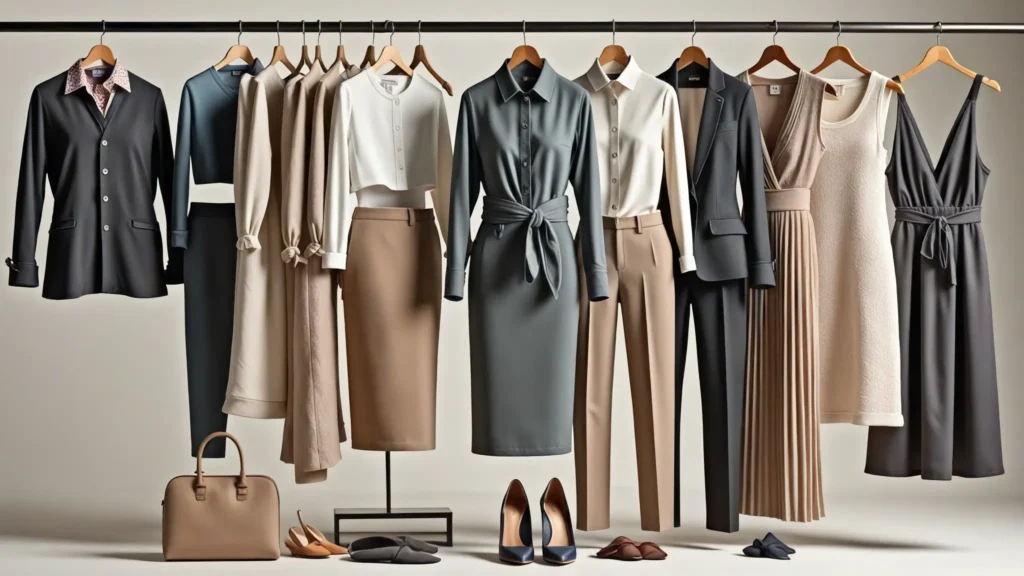
Choosing Quality Over Quantity
Invest in high-quality materials that last. Natural fabrics like cotton, silk, and wool not only look professional but also are durable and breathable. Spending more on quality staples pays off, as these pieces will maintain their shape and appearance over time.
Mixing and Matching for Versatility
Choose neutral colors for bottoms and mix them with colorful tops to create a range of outfits. A simple kurta can be styled with both formal trousers for a semi-traditional look or a skirt for a more western approach.
Importance of Fit and Tailoring
Even the most elegant outfit can fall short if it doesn’t fit well. Tailored clothing ensures a flattering fit, enhancing your silhouette while maintaining professionalism. Minor adjustments like hemming trousers or adjusting the length of a kurta can make a significant difference in how polished an outfit appears.
3. Guidelines for Looking Professional
Selecting the Right Attire
Always opt for modest cuts and avoid outfits that are too tight or revealing. Choose clothing that covers the shoulders, arms, and knees. Stick to muted colors for formal meetings, while more casual office days can incorporate pastels or subtle prints.
Accessorizing Without Overdoing It
Jewelry can add elegance but keep it simple. Opt for small stud earrings, a delicate chain, or a classic watch. Statement pieces can be worn sparingly and should not overshadow your outfit. A silk scarf or a tasteful brooch can add a pop of personality without breaking the professional tone.
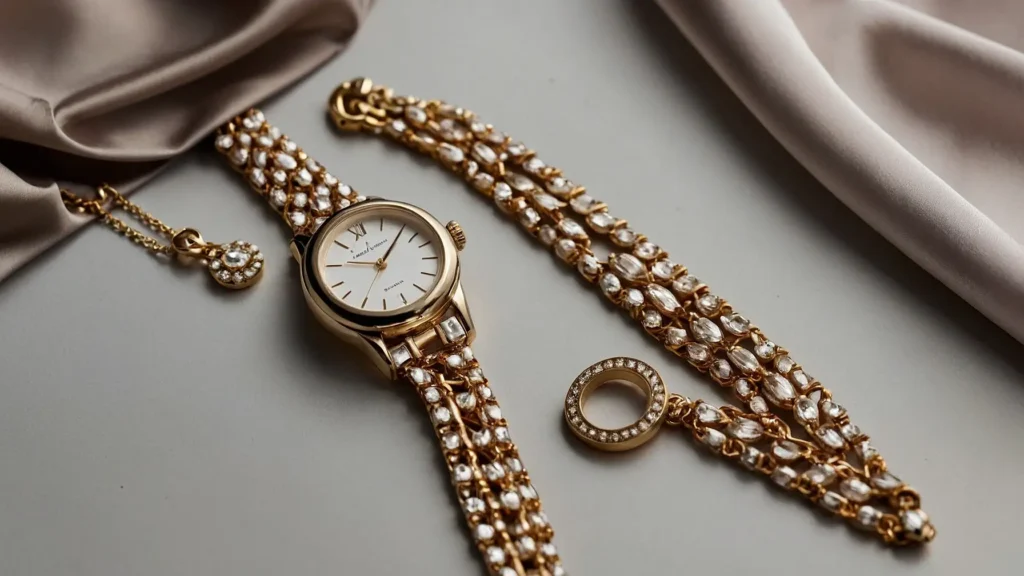
Balancing Comfort and Professionalism
Comfort should not be compromised for style. Choose breathable fabrics and shoes that support long hours of wear. Loafers, ballet flats, or low-heeled pumps offer both style and comfort. Clothing should allow you to move freely, whether sitting at a desk or presenting at a meeting.
Psychology of Colors in Professional Settings
Colors can influence perceptions; blue conveys trust, black signals authority, while whites and grays denote neutrality and sophistication. Red can be used sparingly as a statement color for confidence. For a more approachable look, incorporate softer hues like pastels.
4. Decoding Business Casual: Women’s Tops
Business Casual vs. Business Professional
Understanding the distinction between business casual and professional attire is essential. Business casual is more relaxed than traditional business professional wear. It typically involves blouses, casual dresses, or tailored pants without the necessity of a blazer or suit.

Types of Business Casual Tops for Women
- Button-Down Shirts: Classic and versatile, button-down shirts can be paired with skirts, trousers, or jeans in a more relaxed setting.
- Blouses with Subtle Patterns: Blouses with delicate prints or lace details can add femininity while staying professional.
- Kurtas or Tunics: In India, knee-length kurtas in solid colors or subtle prints are widely accepted as business casual attire.
- Sweaters and Cardigans: During cooler months, layering a sweater over a blouse can be both practical and chic.
Fabrics and Styles Suitable for Business Casual Settings
Cotton, linen, silk, and lightweight wool are ideal for business casual tops. These fabrics are comfortable, breathable, and professional. Opt for styles with clean lines and avoid overly decorative elements like sequins or bold patterns.
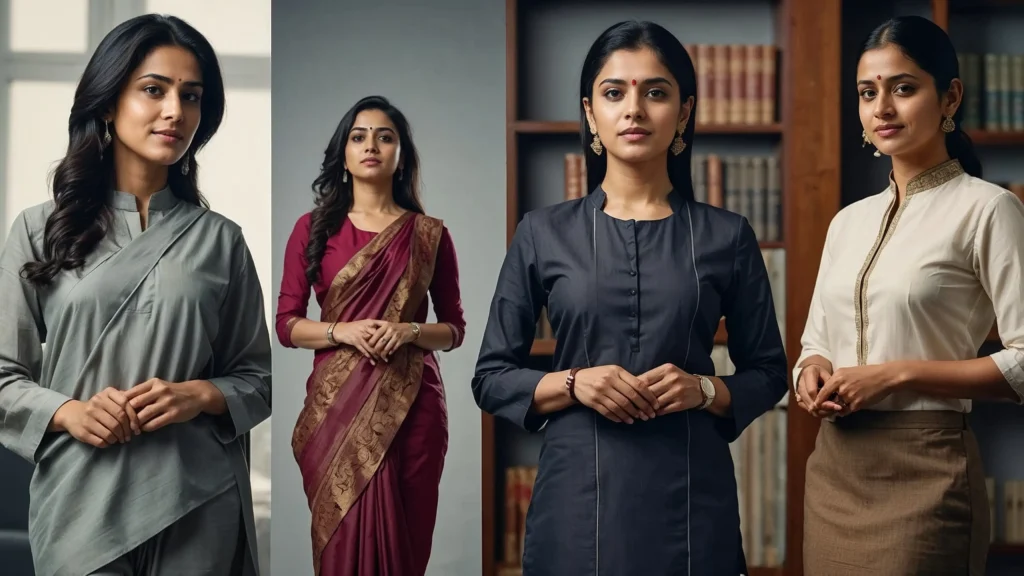
Pairing Suggestions
Pairing a formal top with tailored trousers or a pencil skirt can achieve a polished look. For a semi-traditional appearance, team a simple kurta with cigarette pants or slim-fit trousers. Pair your outfit with closed-toe flats, loafers, or low heels.
5. Maintaining a Polished Appearance
Grooming Tips for a Professional Look
Well-groomed hair, clean nails, and a healthy complexion are essential. Regular haircuts and a neatly styled appearance make a big difference. Even on casual office days, avoid hairstyles that appear too unkempt or casual.
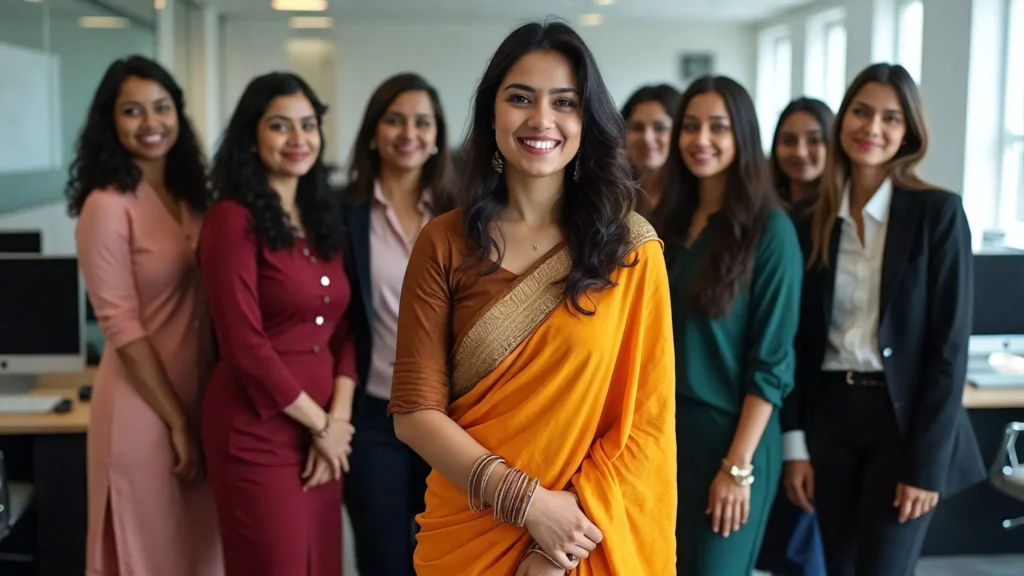
Personal Hygiene and Skincare
Maintain a skincare routine that keeps your complexion fresh. Basic practices like using sunscreen, staying hydrated, and applying a light moisturizer can help maintain your skin’s health. Minimal makeup, focusing on a fresh, natural look, is typically more appropriate for professional settings.
Choosing Appropriate Footwear and Handbags
Footwear should be comfortable yet professional. Closed-toe shoes like loafers, pumps, or formal sandals work well in various settings. Structured handbags in neutral tones add sophistication while being practical for carrying daily essentials.
Wardrobe Maintenance Tips
Regularly wash, iron, and store your clothes properly to ensure they look their best. Rotate outfits to avoid wear and tear on frequently used pieces. Having a small sewing kit or access to tailoring services can help maintain your wardrobe’s longevity.
6. Examples of Power Dressing in India
Power dressing involves wearing outfits that project authority and confidence. In India, this can range from a well-tailored pantsuit to a formal saree. A saree in silk or a crisp cotton paired with a structured blouse gives a commanding presence. Alternatively, a fitted blazer with trousers in dark colors exudes modern professionalism. Adding a statement accessory like a luxury watch or a silk scarf can enhance the look without overdoing it.
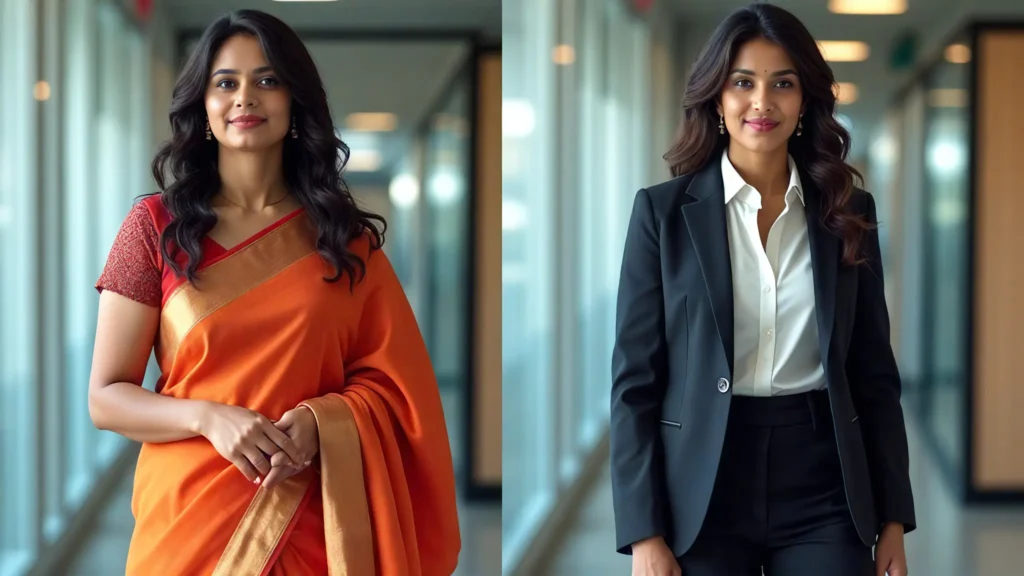
Conclusion
Navigating professional attire in India involves understanding the balance between traditional and contemporary styles while aligning with industry-specific expectations. By choosing versatile, quality pieces and focusing on grooming, women can project a polished and professional image that supports career success. Embracing the unique aspects of Indian professional dress codes while staying open to modern trends can help any woman feel empowered and confident in her workplace attire.
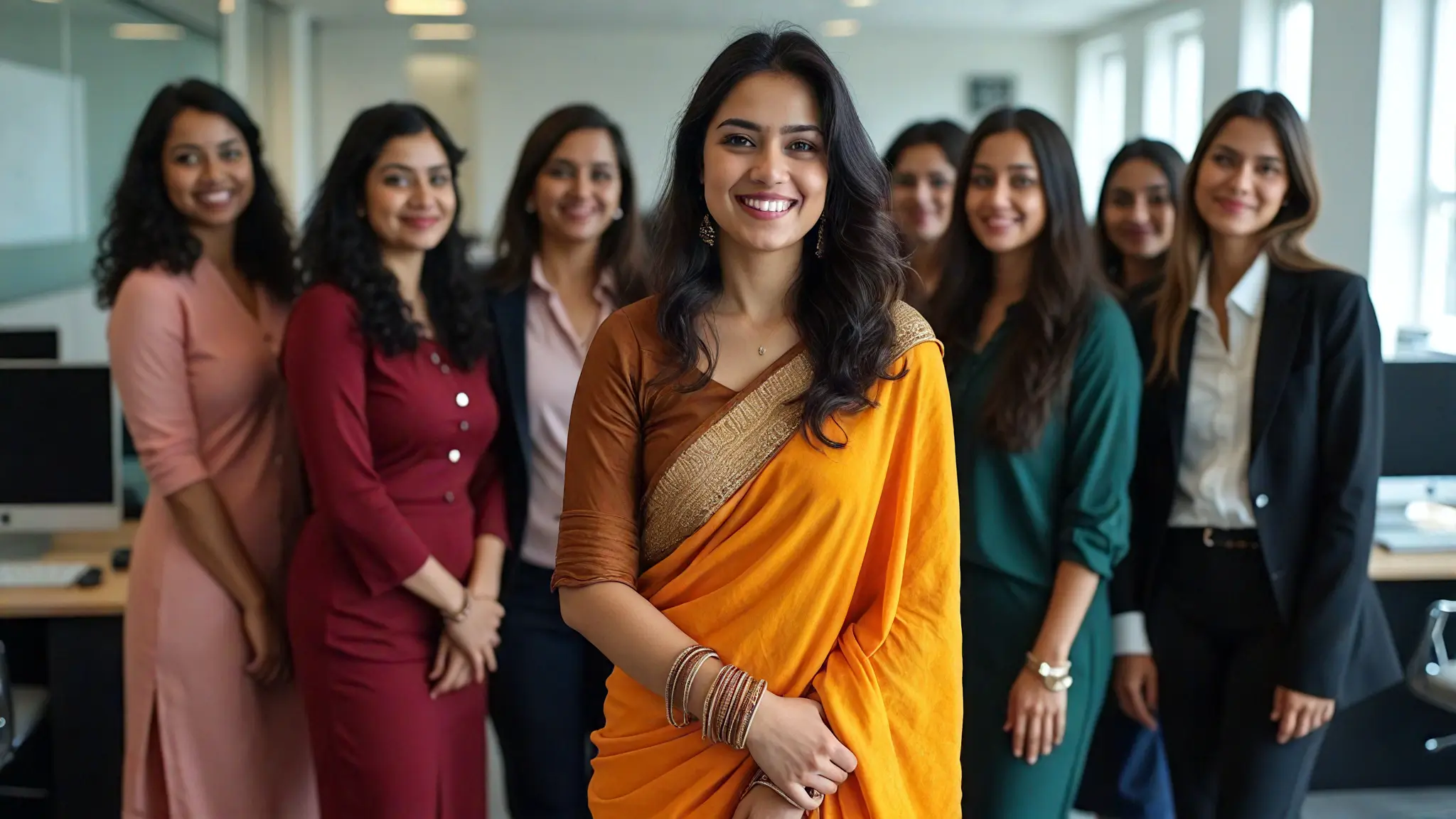
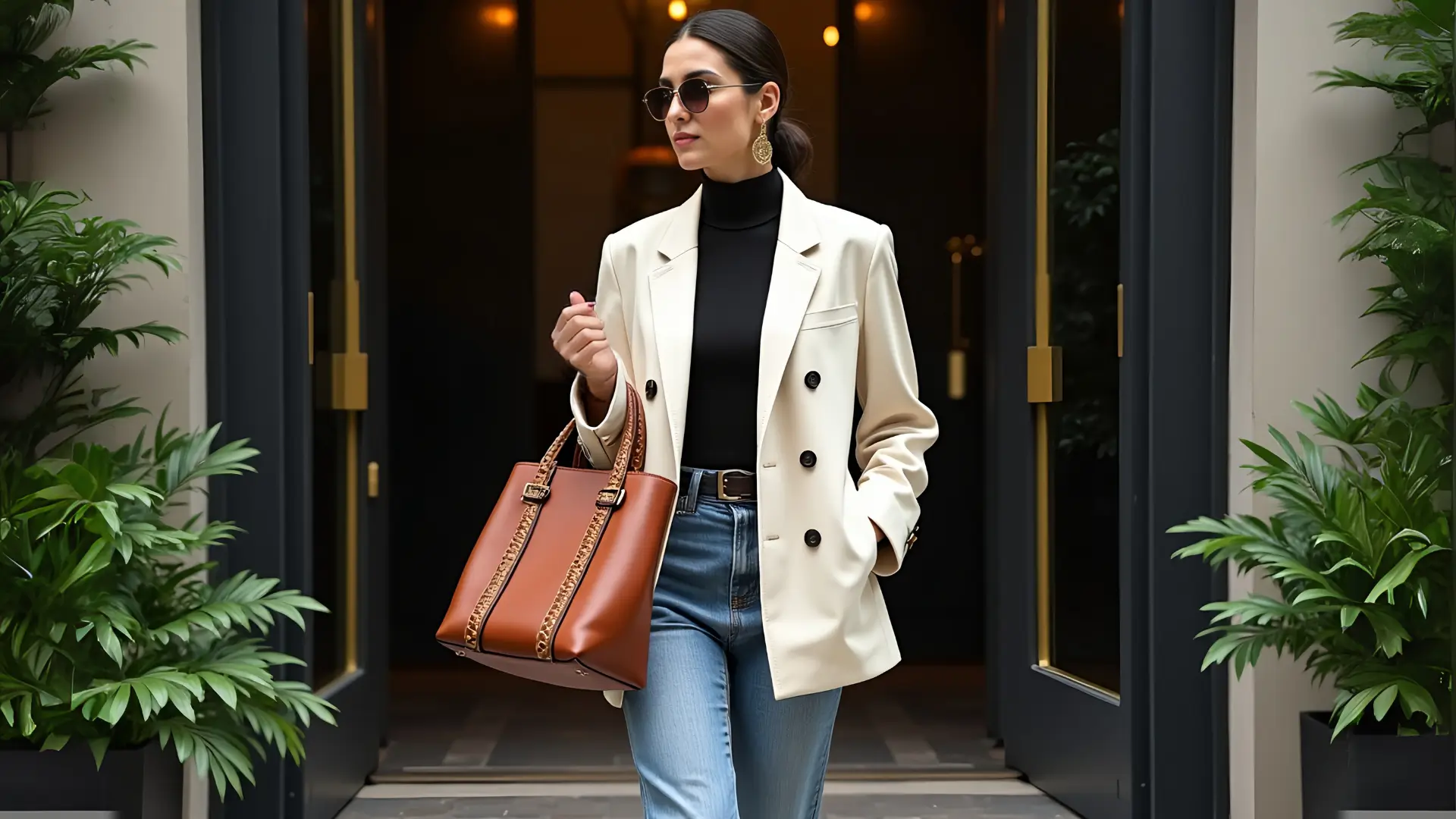
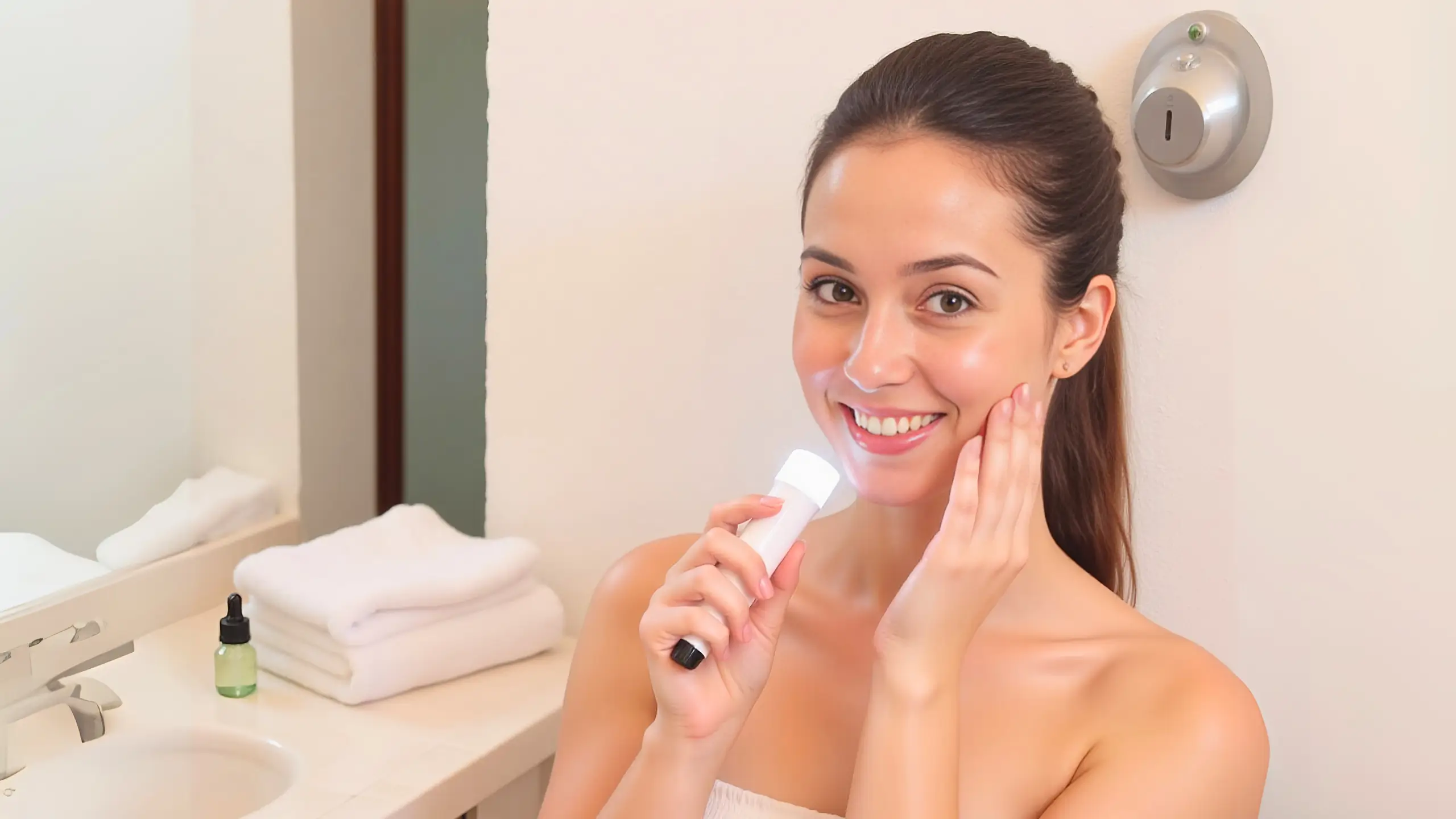
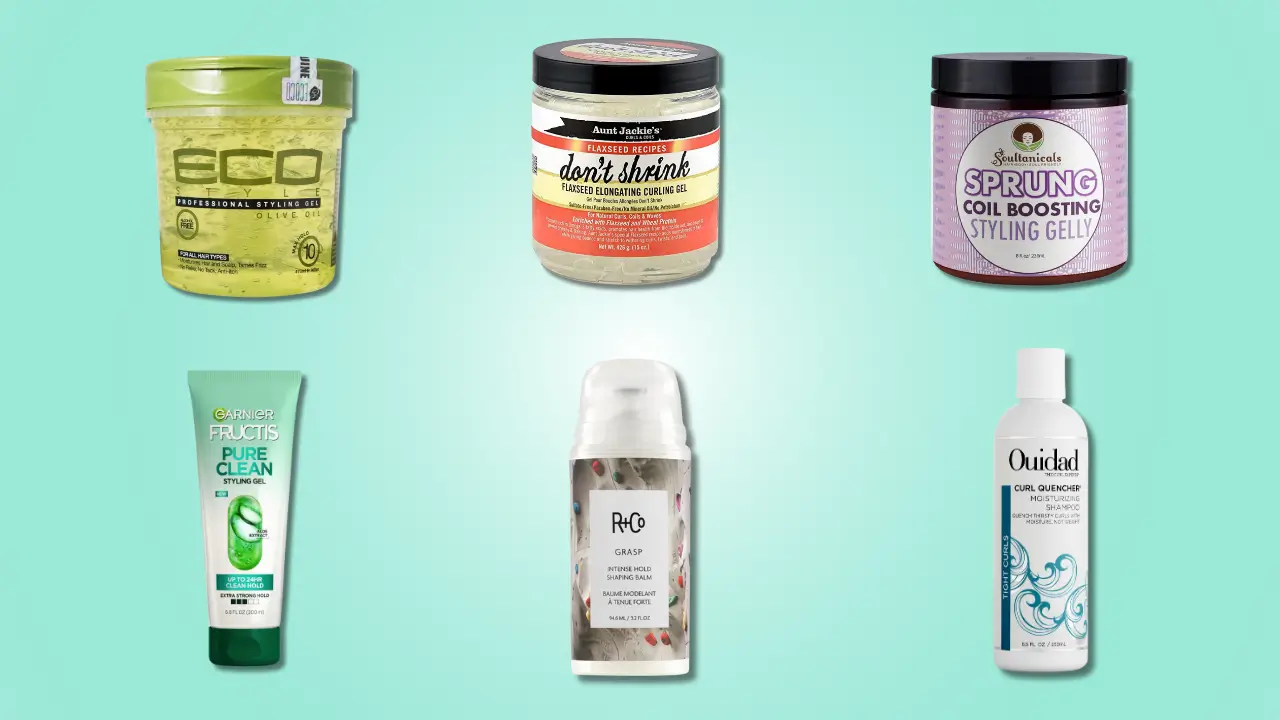

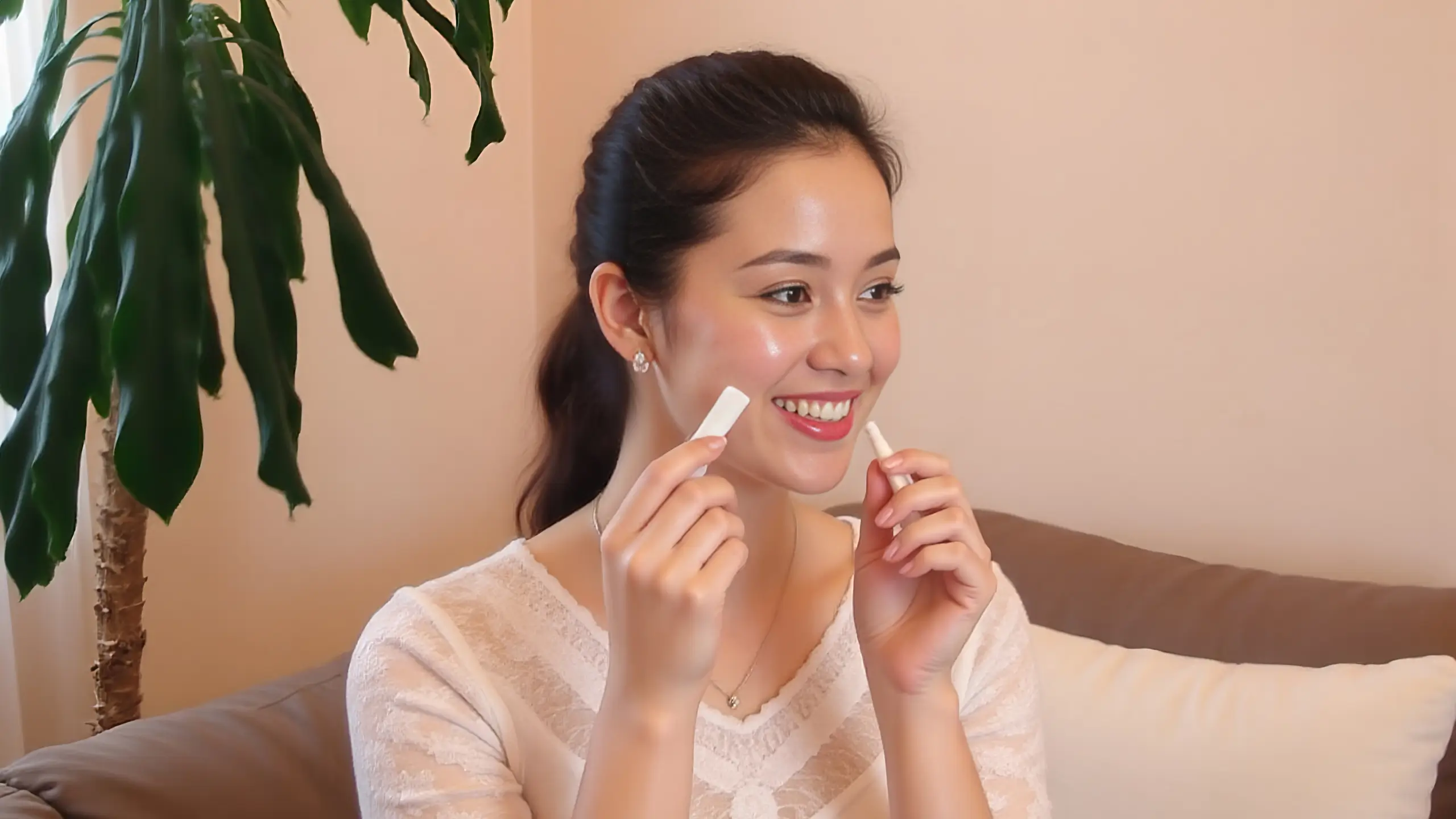
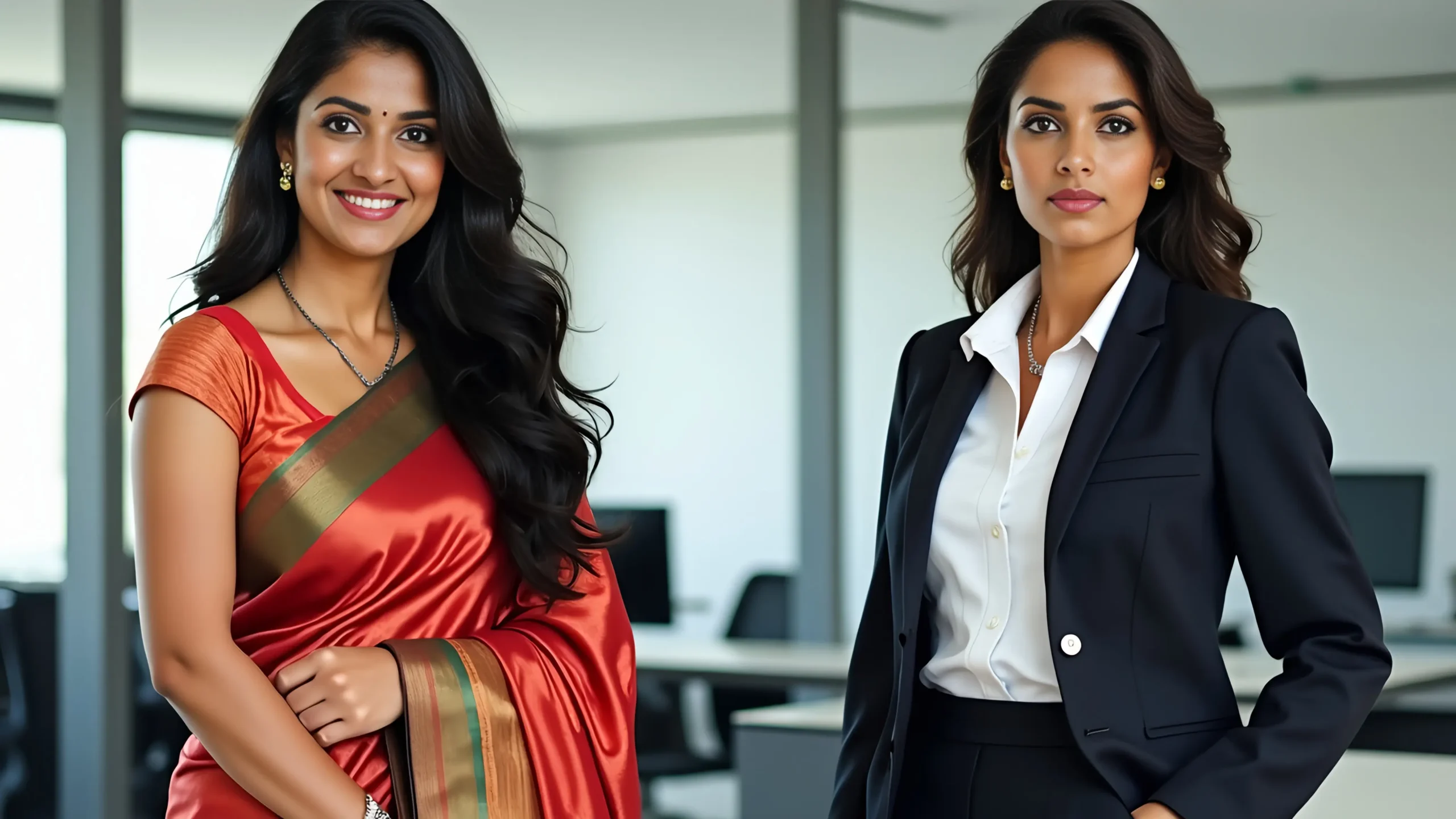
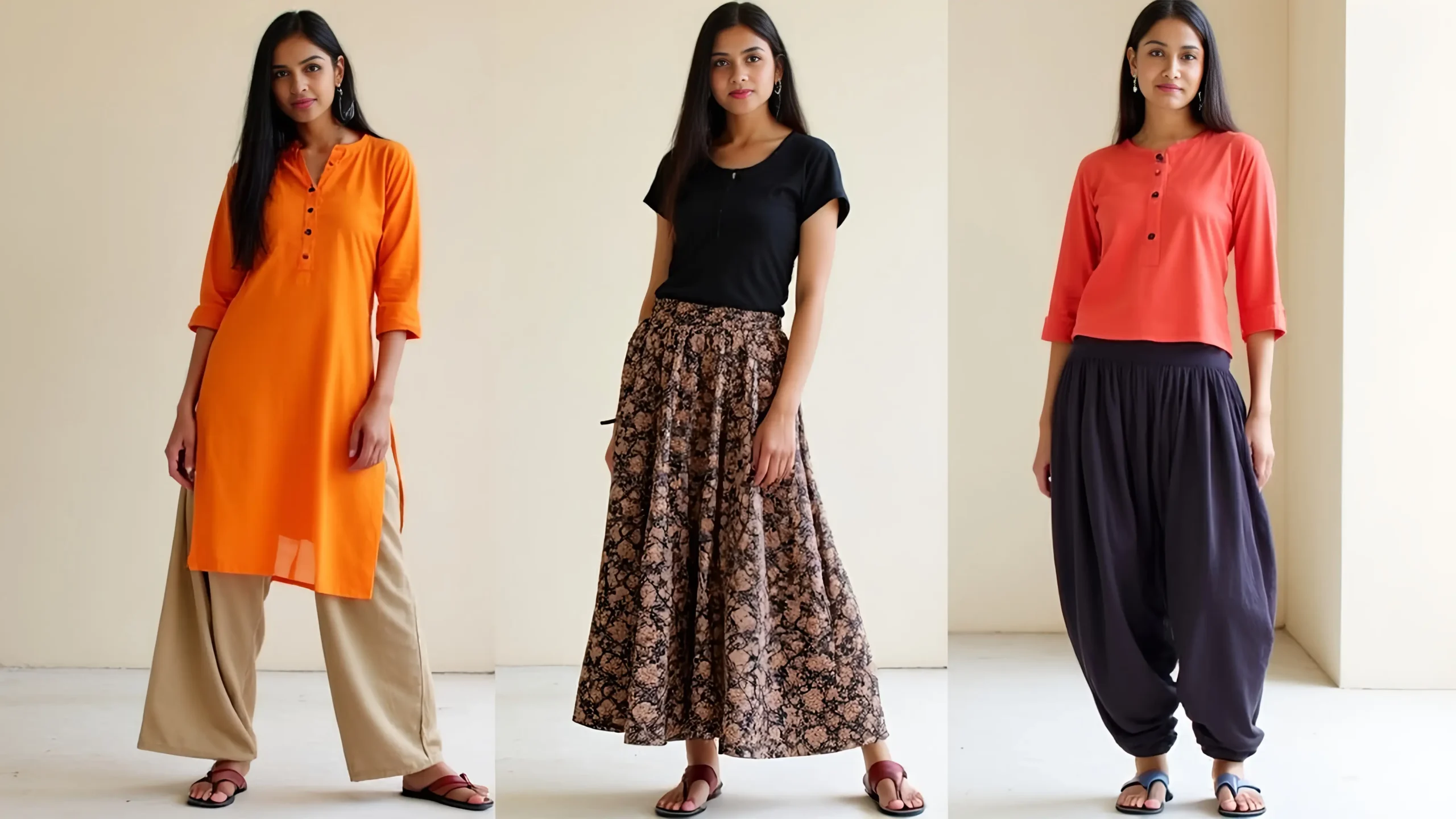
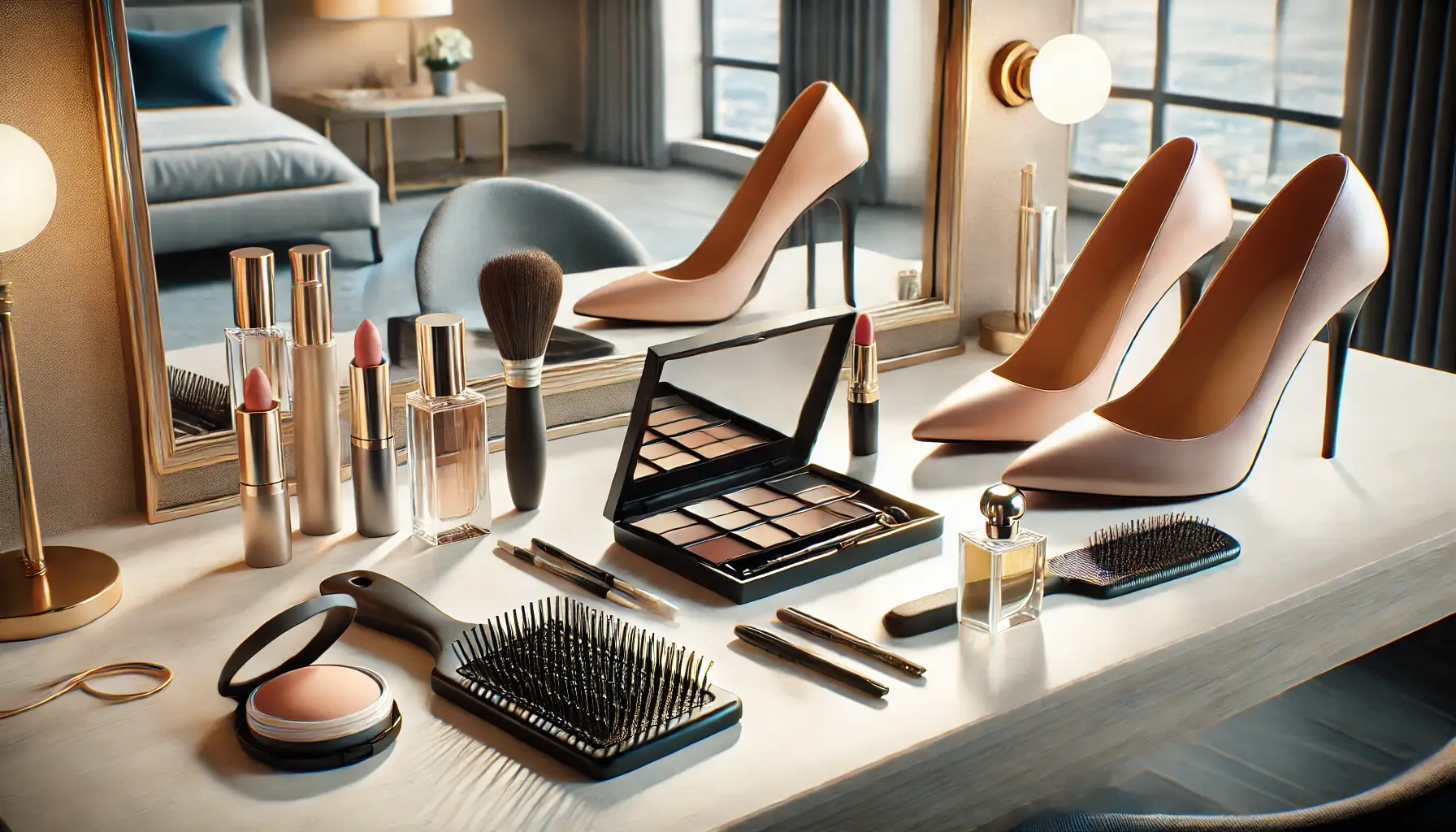
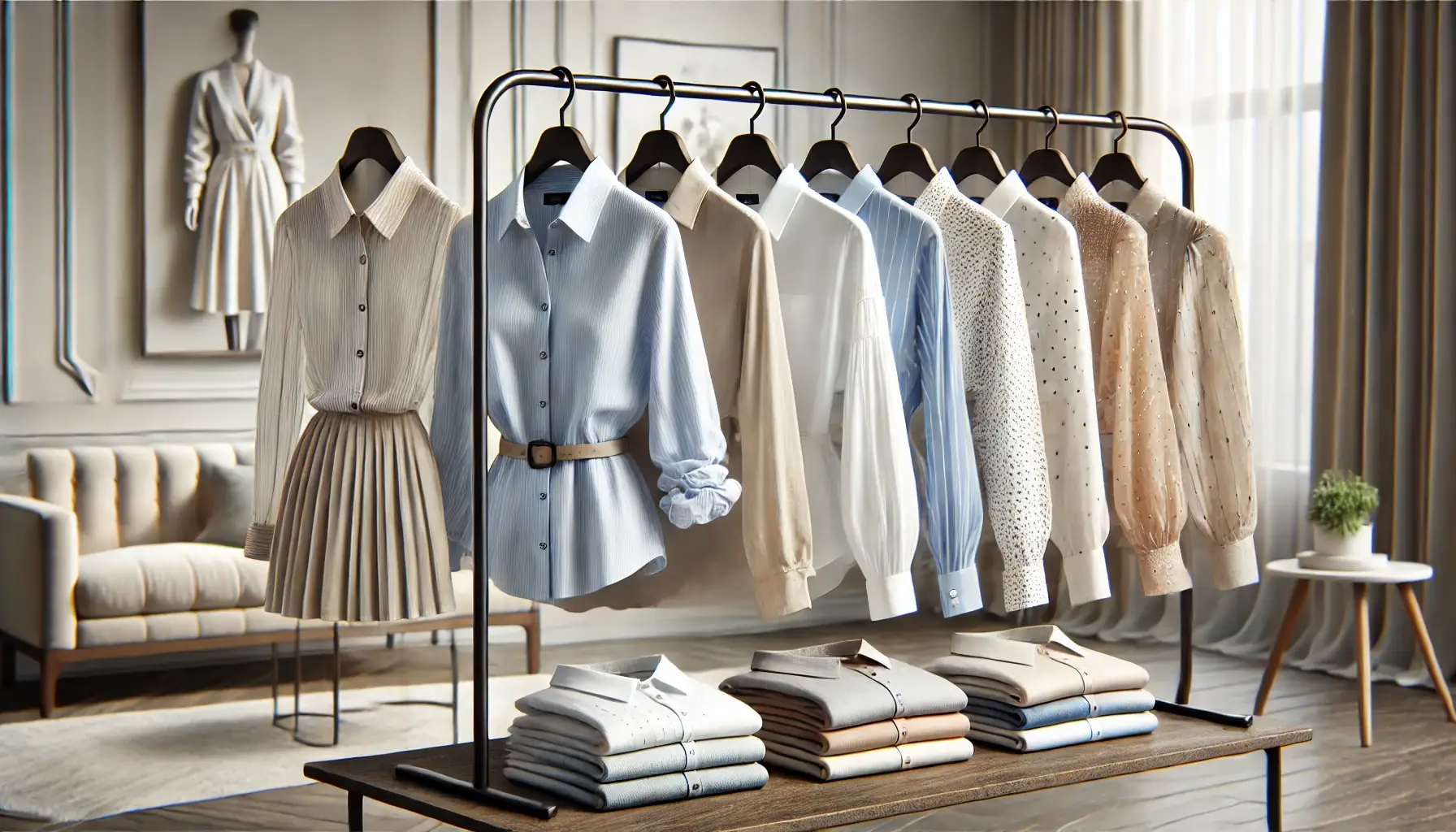
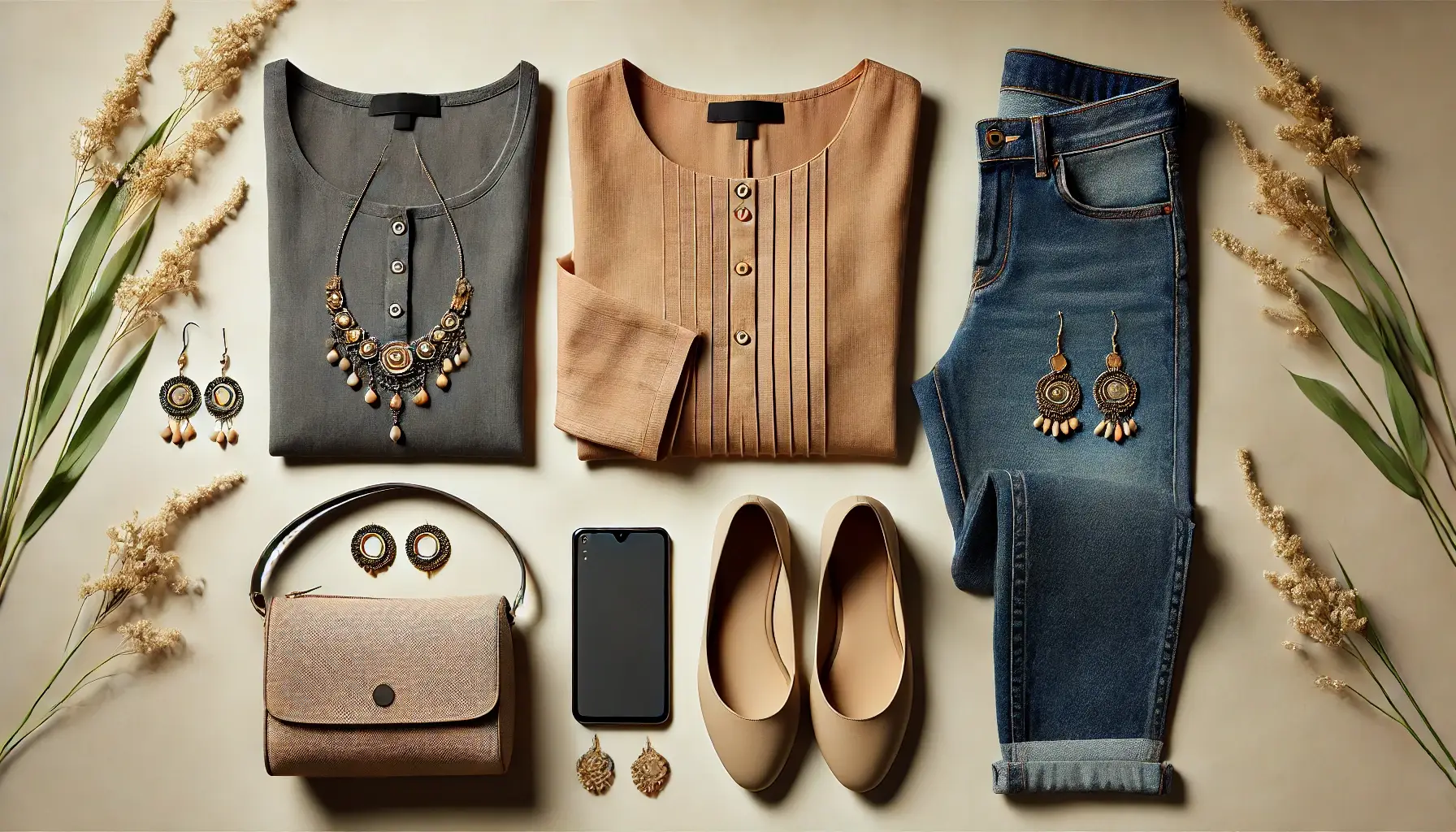
Comments (4)
Sradha
This article provides a comprehensive and insightful guide on professional attire for Indian women, skillfully balancing traditional and modern styles. I appreciate how it breaks down different elements of professional outfits across industries, making it easier for readers to navigate their specific workplace norms. The emphasis on key wardrobe pieces, the importance of quality, and the impact of proper tailoring are practical tips that can really elevate one’s professional appearance. Additionally, the focus on cultural nuances in dressing adds depth, making this guide relatable for Indian women who want to maintain a professional yet culturally respectful look. It’s a great resource for anyone looking to refine their work wardrobe.
Aswathy
Thank you so much for your thoughtful feedback! I’m glad to hear that you found the article both comprehensive and relatable. Striking a balance between traditional and modern styles while navigating diverse workplace norms is definitely a key challenge for many. It’s great to know that the breakdown of wardrobe essentials and the focus on quality, tailoring, and cultural nuances resonated with you. I appreciate your kind words and hope the guide continues to serve as a valuable resource for refining professional wardrobes. Your insights further inspire us to keep creating content that connects with and supports our readers.
Sradha
This article provides valuable insights into professional attire for Indian women, but I have a few questions about the topic. How do you suggest balancing traditional attire like sarees or salwar suits with more contemporary pieces for women who work in global companies with mixed cultural influences? Additionally, what are some specific tips for transitioning between formal and business casual attire in industries where the dress code might fluctuate throughout the week? Lastly, how would you recommend incorporating bold colors, such as red, into professional outfits without overshadowing the overall polished look?
Aswathythe
Thank you for your insightful questions! Balancing traditional attire, like sarees or salwar suits, with contemporary pieces in global companies is all about subtle combinations. For example, pairing a crisp blazer with a saree or opting for sleek, tailored salwar suits can bring a modern twist to traditional attire while keeping it professional. Sticking to neutral tones or simple designs can also help create a look that fits seamlessly into global corporate settings.
For transitioning between formal and business casual attire, flexibility is essential. Pieces like tailored trousers or skirts can work well for both styles, and layering with a blazer or swapping out a formal top for a more relaxed blouse can help you adjust to fluctuating dress codes throughout the week.
To incorporate bold colors like red without overpowering your look, start with accents—like a statement scarf, handbag, or shoes—or opt for a single bold piece, such as a red blouse, paired with neutral trousers or skirts. This will keep your outfit polished while adding a touch of personality.
I hope this answers your questions, and feel free to ask more!